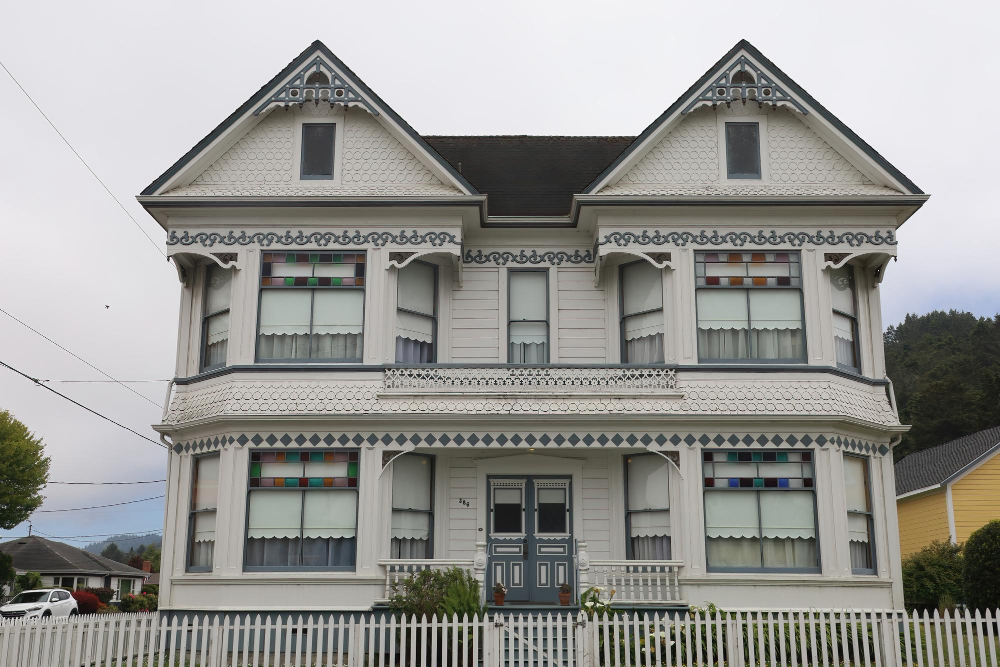Owning a historic home is like stepping into a time machine. These properties radiate charm, character, and a rich history that modern houses can’t match. But before you sign on the dotted line, it’s essential to understand what comes with owning a piece of the past. From restoration costs to preservation laws, there are several key factors to consider before committing to a historic home. Here’s everything you need to know to make an informed decision.
What It Means to Own a Historic Property
Purchasing a historic home is more than just owning a house—it’s about becoming the steward of a piece of history. These homes often belong to historically significant areas or are individually recognized for their unique architecture, design, or former residents.
Responsibilities Beyond Ownership
When you own a historic home, you’re taking on the responsibility of preserving its character and integrity. This means routine upkeep to maintain its historical appeal, following guidelines for any modifications, and sometimes even serving as an advocate for the property’s cultural and historical value.
Things to consider:
- Protection of Original Features – Features like stained glass, carved moldings, or original hardware may require specialized care.
- Community Expectations – Particularly in historic districts, your neighbors or local organizations may expect you to uphold high standards for preservation.
Owning a historic home is rewarding, but it comes with trade-offs that might not suit everyone. It’s critical to weigh your ability to meet these responsibilities.
Understanding the Costs of Restoration and Maintenance
While historic homes are undeniably beautiful, they often come with hidden—and sometimes hefty—expenses. Unlike a modern build, restoring and maintaining an older property can be a continuous and costly investment.
Common Restoration Expenses
- Structural Repairs – Issues like foundation cracks, sagging ceilings, or outdated plumbing are common in older homes.
- Specialized Craftsmen – Restoring unique architectural features often requires hiring niche professionals, which can drive up costs.
- Energy Efficiency Upgrades – Historic windows and heating systems may be iconic, but they aren’t exactly energy-efficient. Replacement or upgrades can add to your expenses.
Budgeting for Long-Term Maintenance
Even after restoration projects are complete, ongoing maintenance is paramount. Typical tasks include repainting original woodwork, sealing drafty windows, and regularly checking for issues such as water damage or pests. Building a “buffer fund” for unexpected repairs can help protect your finances.
Researching Local Historic Preservation Laws
Before falling head over heels for a historic home, take the time to research the specific laws and regulations in your area. Preservation rules vary widely, and they can impact everything from how you renovate to what materials you’re allowed to use.
Why These Laws Exist
Preservation laws are designed to protect the cultural significance of historic properties and ensure their longevity. They help maintain the architectural identity of neighborhoods and cities where these homes are located.
Key Regulations to Be Aware Of
- Renovation Restrictions – You may need to get approval from local historic commissions before making changes, even for minor updates like painting or replacing windows.
- Mandatory Permits – Any major restoration or repair work might require special permits, adding time and expense to your project.
- Tax Incentives – In some cases, owning a historic property can bring financial perks in the form of preservation tax credits or grants. Make sure you look into what’s available in your area.
It’s a good idea to connect with professionals experienced in historic preservation to guide you. Real estate agents and contractors knowledgeable about historic districts can help you steer clear of regulatory pitfalls.
The Unique Benefits of Owning a Historic Home
While owning a historic home does come with responsibilities, the rewards are equally significant. These properties offer an unmatched sense of nostalgia, pride, and community connection.
Timeless Design and Craftsmanship
Historic homes often feature craftsmanship that’s hard to find in today’s builders. Hand-carved details, custom woodwork, and intricate masonry are just some examples of the artistry they offer.
Living History
Each historic home has a story. Whether it’s famous past residents, architectural movements, or its role in a community’s growth, your property becomes a living piece of history that you can honor and share.
Community Engagement
Many owners of historic homes find immense joy in becoming part of a larger preservation-minded community. This network can be a valuable resource for advice, support, and camaraderie as you tackle restoration projects.
Final Thoughts
Buying a historic home isn’t just a real estate transaction—it’s a commitment to preserving part of the past while making it your own. If you’re willing to invest time, energy, and resources into caring for a historic property, it can provide an unparalleled sense of accomplishment and pride.
If you are ready to look for homes for sale in the Prescott, Arizona, area, call me. I will put my years of experience to work for you. Mary Tarrant 928-277-6404


 Facebook
Facebook
 X
X
 Pinterest
Pinterest
 Copy Link
Copy Link


